Universe Column for December 31st 2006
by David Alton
At the end of this calendar year I would note two significant parliamentary achievements. The first was the defeat of Lord Joffe’s Bill on euthanasia and the second was the defeat of a concerted threat to church schools. Both battles will be resumed in 2007.
A speech by the Liberal Democrat peer Lord Taverne revealed the depth of secular antagonism. He launched a tirade against Christianity and church schools, describing Catholic beliefs on everything from abortion to embryology as superstitious.
He condemned Catholics for teaching children about miracles and how to pray. He commended to Parliament the words of the Latin poet, Lucretius, who said “Such crime did religion inflict upon the world.”
Sadly, there are others who share Lord Taverne’s view and who fail to see the positive contribution made by people of religious faith – and, in particular, the contribution of church schools. A good New Year’s Resolution would be to ensure that we become better advocates of our beliefs and that we use every opportunity to tell the success story of our schools and how they came about.
10% of this country’s schools are Catholic: 1,723 Catholic primary schools and 352 secondary. In addition there are 17 Catholic sixth form colleges and 156 Catholic schools in the independent sector.
Those schools were only possible because of the sacrifice and generosity of previous generations of Catholics – many of whom were from poor immigrant communities. Even today, in addition to many other forms of support, parishes contribute around £20 million each year towards capital costs.
Their achievements are significant. 42% of Catholic schools have high value-added status and above average points scores. According to OFsted’s figures that compares with a national average of 30% for other schools. A fifth of the top performing comprehensive schools at A level are Catholic; and Ofsted says they provide better value for money than other schools.
Many of these schools have waiting lists of families from Catholic parishes. If this year’s proposals had been enacted and local councils had been allowed to interfere with admissions policies is that even where parents have helped raise the funds to build a new school and are keen members of the Catholic parish, they would be denied a place at the local school. Think of the resentment this could easily engender. Far from encouraging community cohesion and integration we will have sown the seeds of division.
The Leeds Association of Catholic Head teachers rightly argued in a letter to me:
“The introduction of quotas would have an adverse effect on the social and ethnic diversity of our schools as the restriction of places for Catholics would, in some instances, result in children from ‘poorer’ backgrounds being denied access to Catholic education.”
It’s a classic example of the law of unintended consequences.
And why exactly were we contemplating doing this? For the worst reasons of muddled social engineering.
The issue of Islamic schools is constantly raised. But this was simply a cloak for many of those who wanted to emasculate Catholic schools.
The realty is that the introduction of quotas and social engineering would simply lead to new Muslim schools being established in the independent sector, where there will be no ability to influence admissions criteria.
In the present climate does anyone seriously believe that if a Muslim school is established in the voluntary aided sector it will be able to fill the 25% quota with non Muslim children?
No, this wrong-headed approach will have an adverse effect in dealing with the perceived problem and simultaneously antagonise a sector which has an exemplary record. It was not a good example of well thought through public policy – but very nearly came to be in 2006.
Without the imposition of externally imposed criteria the Catholic sector has made a huge contribution to the development of communal co-existence and responsible citizenship. Without external interference it already has significant diversity, with 18.2% of its pupils drawn from ethnic minorities – compared with 16.7% in the state sector.
As Trevor Phillips, the Chairman of the Commission for Racial Equality said last year:
“…when we look at the ethnic mix of schools, Catholic schools tend to be far more mixed than local authority schools.”
Without outside interference, as I know from personal experience of my own children’s schools, that without anyone telling them to do it, Catholic schools frequently admit significant numbers of children from other an no-faith backgrounds. But that is their decision and they do not need Government – central or local – to interfere.
The recent report “Quality and Performance in Catholic Schools” convincingly demolishes many of the hoary old arguments. The survey reveals that Catholic schools are socially and ethnically mixed, and they may have large numbers of pupils who are not Catholics. The high standards reported by Ofsted are not confined to the academic but also encompass positive attitudes, good behaviour, respect for others, and excellence in personal development. The survey also noted the high degree of parental involvement in Catholic schools and in supporting children’s learning and it highlighted good governance.
So in every respect we have a good story to tell and in 2007, well before peers like Lord Taverne mount their next attack on our schools, we should ensure that the story is well known.
Lord Alton – Borders Bill – 26th June 2025.
Lord Alton made a speech on the Borders Bill...

